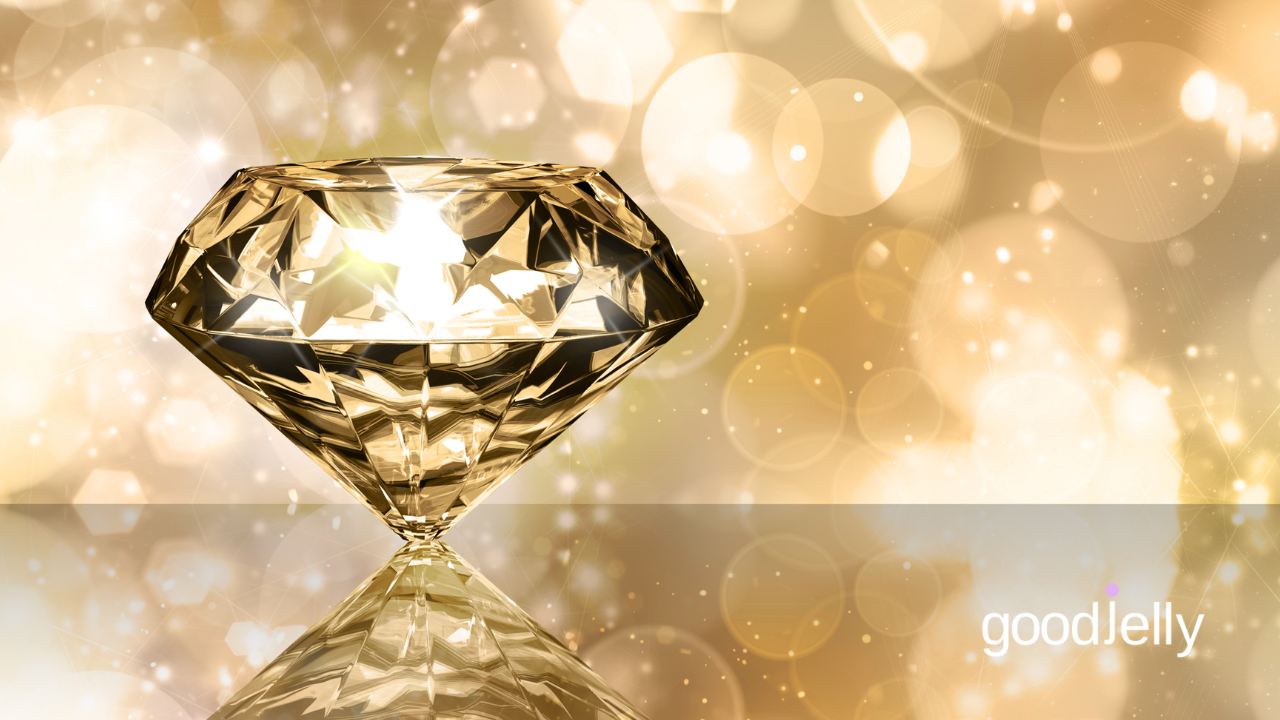How to Grudge Good on the Writing Adventure

No. 119 | By Christine Carron
Last year, I pulled a book off the library shelf, captivated by the title. It was bestselling crime writer and self-help author Sophie Hannah’s How to Hold a Grudge: From Resentment to Contentment—The Power of Grudges to Transform Your Life.
Grudges, anger, and resentment, for many of us, are behavioral and emotional no-nos. When they show up, we feel a bit ashamed. We’ve learned by cultural and/or familial context that such emotions are less evolved, wrong, and overall verboten, and feeding them by actively holding grudges is even more verboten. We must forgive, forget, and move on.
Hannah takes a different tack. She proposes that there is a healthy way to hold grudges. A way that will get us to the other side of resentment faster than trying to practice selective amnesia that dishonors our own felt experience. At the beginning of one chapter, she quotes Emily Dickinson: Anger as soon as fed is dead.—/’Tis starving that makes it fat.
Hannah outlines a delightful and smart way to feed (i.e., honor and process) your resentment instead of fattening it up by denial. The approach is both power-keeping and kind.
She also shares many examples of individuals applying her approach, and some of those individuals are writers handling writing context grudges. Those examples in particular make the book feel tailor made for handling resentment on the creative adventure. A few highlights from her process:
The Grudge Classification System
Hannah created a system that allows you to classify your grudges by type. Categories include:
- Hypocrisy Grudge (For when people have one rule for themselves and one for other people.)
- Unprovoked Attack Grudge (Self-explanatory)
- Unreasonable Imposition Grudge (also known as Attempted Time Thief Grudge)
Immediately after reading this part of the book, I took my (newly) documented list of grudges and classified away. It was an awesome, freeing, and fabulous experience. Like my Vulnerability could breathe easier simply through having old hurts validated in a deeper way by finding where they fit in Hannah’s classification system.
A key part of the Goodjelly approach to process improvement and sustainable creative productivity is the concept of meeting yourself where you are. Hannah’s classification system is a process tool expression of that concept. Classifying your grudges allows you to meet yourself where you are by owning them at a more conscious level and honoring their legitimacy—and the legitimacy of your felt experience.
Grudge-Grading System
Diamonds have carat ratings and now . . . so do grudges. Wahoo! Hannah’s carat-based grudge rating process, for me, was the most powerful and thought-provoking part of her approach. It also totally aligns with Goodjelly energy: process, power, perspective—with an infusion of fun.
Here’s how it works: You take one of your grudges and answer a series of multiple choice questions. Each answer option has a particular numerical value. As you go, you track your score. At the end, you translate the score into a grudge rating, ending up with a 1 to 10 carat grudge, with the 10-carat grudge being the most serious kind of grudge you can hold.
Metaphorically, connecting grudges to diamonds adds lightness and playfulness into the process of getting real with one’s grudges. I love that part of the process. It’s the questions, though, that really give the rating system it's oomph. They invite deeper reflection and are very aha-generating.
Those questions, and Hannah’s many examples using the rating system, helped me see why some grudges, which perhaps to others may seem less significant, are actually higher carat grudges for me. While other grudges, which may seem more obviously grudge worthy from the outside, are actually less impactful, less grudge-worthy, to me.
Again and again, Hannah invites you to honor and validate your experience of what happened and assess the grudge rating accordingly. Brilliant.
Responsible Grudge Holding
Hannah’s process encourages awareness and self-responsibility at every step. Toward the end of the book, she shares the rules of responsible grudge holding. Rule #1: No further harm to you or anyone else should result from your grudge.
In addition, Hannah invites us to acknowledge and own that we are both grudger and grudgee: just as others are villains in our writerly adventures, so are we the villains to others. Indeed, even in the same situation, both parties may hold valid grudges about the other person.
Being straight with ourselves about the instances when we know/suspect we are the grudgee invites another layer of responsibility, grace, and humanity into the process. It’s the layer that, for me, made Hannah’s process feel complete. Complete in the sense that, when practiced, responsible grudge holding allows us to expand our compassion and generosity to both ourselves and others.
Bringing Smart Process Power to Resentments
Resentments (even small ones) can cause us to mull and churn. That inner turmoil, in turn, can create a temporary or longer term drag on our creative momentum.
Telling someone to, “Get over it and move on,” is a directive with no how-to steps. Being on the receiving end of such advice can feel infuriating and totally unhelpful. The kicker is we often start giving that advice to ourselves. (Hello, Inner Critic!)
We need practical, tactical ways to help us process the resentment-causing situations in a way that minimizes their drag on our creative progress. Hannah’s healthy grudging approach fits that bill. It gets five Goodjelly grape clusters (🍇🍇🍇🍇🍇) from me both as a writer on the adventure and as a process improvement consultant.
Check it out, and see if Hannah’s approach (or parts of it) resonate with you. If so, into your writerly toolkit it goes. Wahoo!
Happy day, happy writing, happy (and healthy) grudging. You’ve got this!
Don't miss a single dollop of Goodjelly
Subscribe for the Latest Blog Posts & Exclusive Offers!
You can easily unsubscribe at any time.


